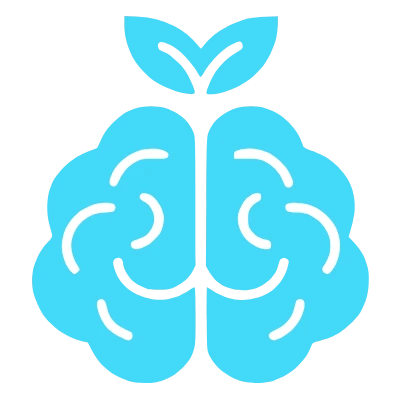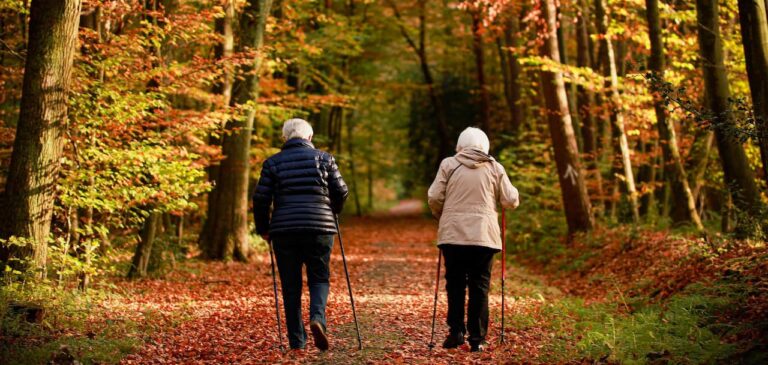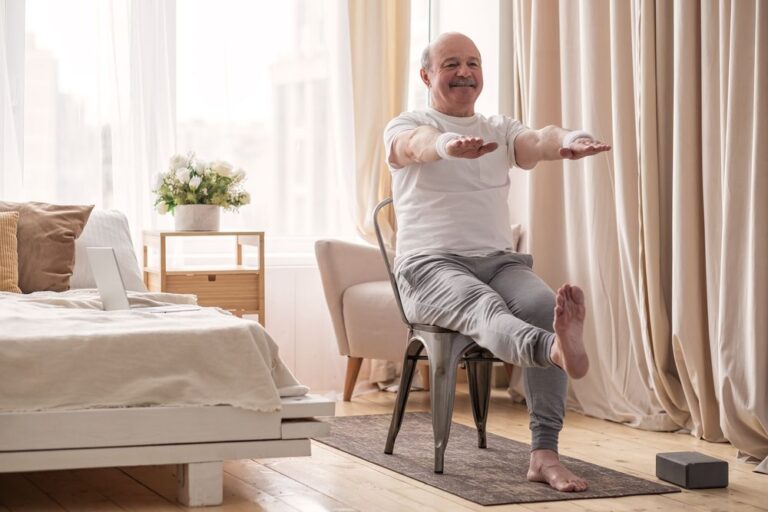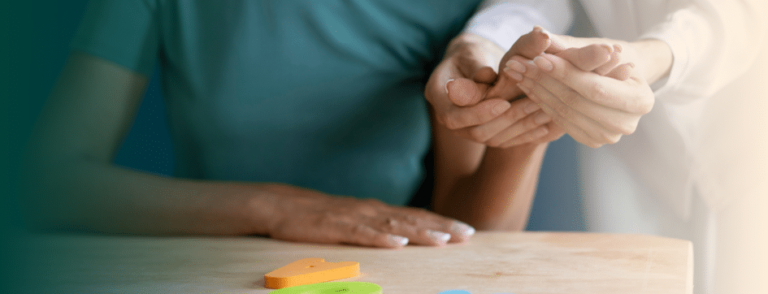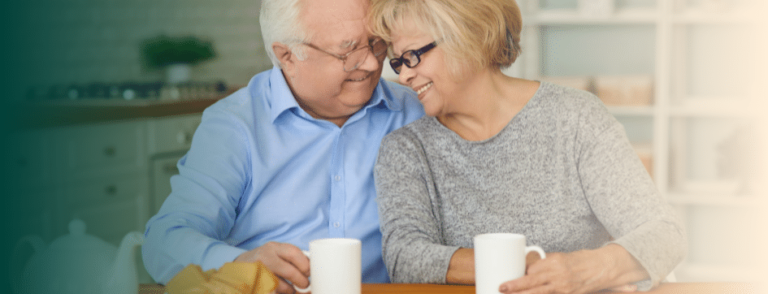We already know that physical exercise is good and necessary throughout our lives, although we must always adapt it to our physical condition. Older people should also exercise regularly in order to avoid physical deterioration and prevent or alleviate the symptoms of some chronic diseases. To do this, it is necessary to strengthen the muscles and improve coordination and balance. And these are precisely the objectives of gerontogymnastics, a discipline that also allows you to stimulate the mind and foster social connection.
If you want to know what gerontogymnastics is, what the exercises consist of and what benefits it offers, in this article we are going to explain it to you.
What is gerontogymnastics?
Gerontogymnastics is a discipline that focuses on the application of physical exercise programs adapted to the needs and abilities of elderly people. Here it is our physiotherapists who are in charge of designing the exercise tables, taking into account the limitations and physical conditions of each individual. In this way, gerontogymnastics tries to maximize the benefits of exercise without generating risks of injury.
In the gerontogymnastics sessions we try to move each muscle group and work on the joint movements with simple but effective exercises, which improves the physical fitness of the elderly. But, in addition, these exercises require attention and concentration, which also provides a cognitive benefit.
Since we carry out the gerontogymnastics sessions in small and homogeneous groups, this situation allows you to socialize with other people, which increases self-esteem and mood.
Ejercicios de_gerontogymnasia
Gerontogymnastics exercises are designed to be gentle, adapted and safe, taking into account the specific needs of older people. These routines include exercises to improve mobility, muscle strength, balance, flexibility and coordination. Some examples of common exercises in gerontogymnastics programs are:
- Walks and hikes. Activities as simple as controlled walking and walking in place are great for improving cardiovascular endurance without putting too much pressure on your joints.
- Activities to strengthen muscles. The leg raises forward and to the sides, whether sitting or standing, as well as chair-supported push-ups, are examples of exercises that strengthen the muscles.
- Flexibility exercises. Gentle stretching movements, such as lateral bends and rotations of the neck, shoulders, knees, wrists and ankles, help maintain flexibility and reduce muscle stiffness. Also yoga or Pilates are ideal exercises to improve flexibility and strengthen muscles.
- Balance exercises. In gerontogymnastics sessions we can also include exercises that challenge balance, such as standing on one leg “on one leg” or performing lateral steps or walking as if we were on a “tightrope” with our arms open. These types of exercises help prevent falls and improve stability.
- Resistance exercises. In order to increase breathing and heart rate, we can try to do exercises such as climbing stairs, swimming, dancing, stationary cycling, etc.
- Coordination games. Here we include activities that stimulate the mind, such as memory games or hand-eye coordination exercises, which also help maintain cognitive health.
- Breathing exercises. Gerontogymnastics also includes deep, controlled breathing practices that help improve lung capacity and reduce stress.
Are there exercises to do gerontogymnasia sitting?
Many of the gerontogymnastics exercises can be adapted and performed sitting. That is why gerontogymnastics is an excellent option for those older people who need to benefit from physical activity, but have limitations in their mobility or balance. This is the case of exercises like:
- Knee elevation, which allows you to work the abdominal muscles and improve circulation.
- Ankle rotation, which consists of lifting your feet off the ground and rotating your ankles clockwise and then counterclockwise. In the same way, we can do the same with wrist rotation.
- Chair push-ups, for which it is necessary to sit on the edge of the chair, place your hands on the armrests and try to get up by slightly bending your elbows.
- Stretches. Also in a sitting position we can perform lateral stretches, neck stretches, heel lifts, etc.
Remember that, in order to avoid risks, it is important that these gerontogymnastics exercises are supervised by professionals who know how to adapt them to the individual capabilities of each person. In addition, the variety of exercises, the use of specific material (balls, elastic bands, ropes, hoops, light weights, etc.) and also the music allow the activity to be more fun and generate interest and active participation of the elderly in these gerontogymnastics programs that we carry out.
Main benefits of gerontogymnastics
Gerontogymnastics offers a wide range of physical and mental benefits for older people in the medium and long term, contributing significantly to improving their quality of life, allowing them to enjoy active and healthy aging.
- Improved general health. Regular physical activity helps maintain the health of the entire organism, especially the cardiovascular system, metabolic system (obesity, diabetes, etc.), respiratory system, digestive system, etc.
- Muscle and bone strengthening. Resistance and strength exercises help maintain and strengthen muscle mass and bone density, which is especially important in preventing osteoporosis and loss of strength.
- Improves balance and coordination. Gerontogymnastics includes exercises that work on improving balance and coordination, reducing the risk of falls and improving mobility.
- Cognitive stimulation. Let’s not forget that some gerontogymnastics routines incorporate activities that stimulate the mind, helping to maintain cognitive acuity and reducing the risk of mental deterioration associated with aging.
- Emotional well-being. It is very important to keep in mind that regular physical exercise has been shown to have positive effects on mood, reducing stress, anxiety and depression, and promoting a general feeling of well-being.
- Encouraging socialization. Participation in gerontogymnastics programs provides the opportunity to interact with others, which is crucial for maintaining good mental and emotional health.
To achieve all these benefits it is essential that two conditions are met: regularity and frequency. For this reason, in our centers we encourage our seniors to practice gerontogymnastics several days a week, for one hour. Our physiotherapists are in charge of designing a complete, safe and effective gerontogymnastics plan that is attractive for our residents, in order to encourage physical activity and avoid a sedentary lifestyle, since exercise is a great tool to achieve active aging and maintain the autonomy of older people for as long as possible. possible time.
